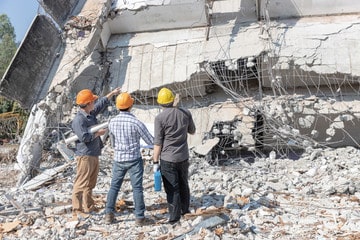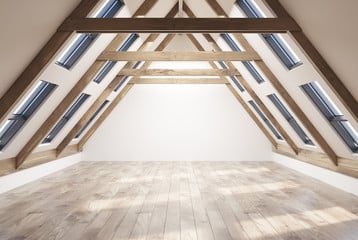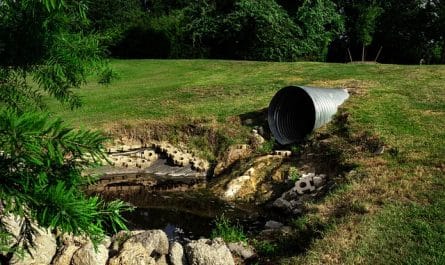When it comes to renovating old buildings and houses, controlled demolition is a solution that is both effective and environmentally friendly. In this article, we will discuss the advantages, techniques and issues related to this modern method of real estate reconstruction.
The advantages of controlled demolition when renovating old houses
It may be tempting to completely demolish an old building to start again on a healthy and healthy basis.
new. However, controlled demolition offers certain advantages:
- Respect for the environment: Unlike traditional demolition, controlled demolition makes it possible to minimize construction waste and noise pollution for local residents.
- Economic optimization: Recoverable elements from demolition can generally be sold or reused in the renovation, reducing the overall cost of the project.
- Heritage conservation: Controlled demolition preserves the historical and architectural elements of an old house while improving its energy performance and functionality.
Compliance with regulations regarding demolition and reconstruction
When it comes to renovating an old house, legal and regulatory requirements must be taken into account. Thus, several administrative authorizations may be necessary before any intervention:
- The building permit,
- Urban planning authorization,
- The prior declaration of works.
In addition, certain buildings classified or registered as Historic Monuments are subject to specific sanctions in the event of non-compliance with the imposed rules. Controlled demolition thus makes it possible to meet the requirements of heritage protection authorities while carrying out the renovation of the building.
Controlled demolition techniques for the renovation of old houses
Selective demolition
Selective demolition consists of partially dismantling a building, keeping only the elements that will be incorporated into the new project. This technique requires meticulous work and technical expertise in order to preserve the existing building. The interventions carried out in this context include:
- Cutting floors and stairs,
- Removal of partitions and windows,
- Removal of electrical and sanitary equipment.
Asbestos removal and lead removal
When renovating an old house, it is common to discover materials containing asbestos or lead, substances harmful to health. Controlled demolition therefore includes asbestos removal and lead removal in order to guarantee the safety of occupants and workers. For this, a diagnosis must be carried out in advance by a qualified professional.
Implement a sustainable approach during controlled demolition
Management of waste from controlled demolition
Controlled demolition generates a significant volume of construction waste which must be treated and disposed of in accordance with current regulations. It is therefore appropriate to put in place a global policy of waste management, including:
- Sorting on site,
- Recycling and recovery of materials,
- Collection and processing by specialized channels.
The choice of ecological materials and techniques for renovation
Finally, to carry out an environmentally friendly property renovation while taking advantage of controlled demolition, it is essential to favor ecological materials and techniques. In particular, we can opt for:
- Natural materials like straw, hemp or wood,
- High-performance insulators of plant or mineral origin,
- A bioclimatic design to optimize solar gain.
Thus, by resorting to controlled demolition as part of the renovation of old houses, it is possible to combine respect for architectural heritage, energy performance and preservation of the environment.







